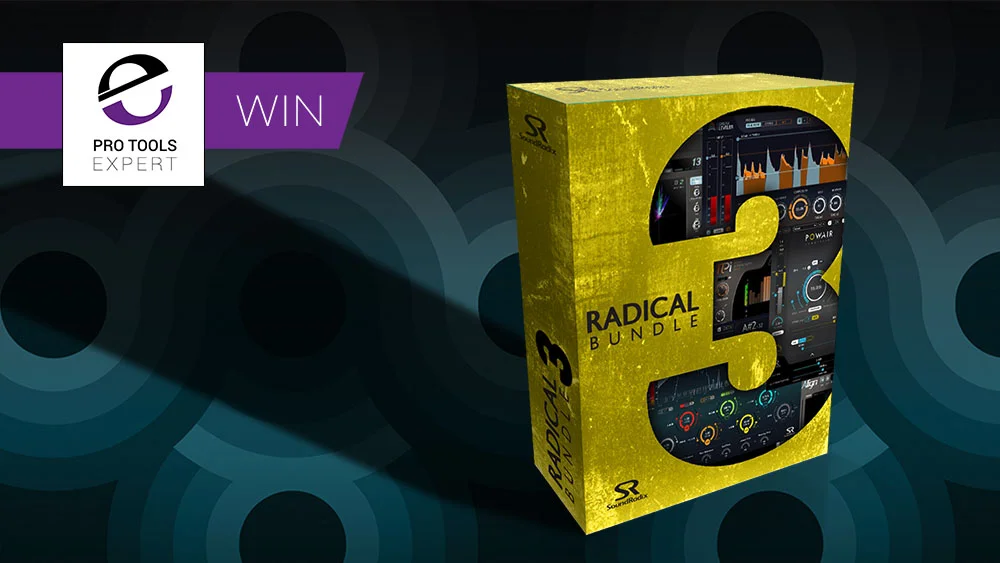
- #32 lives v1 trail how to
- #32 lives v1 trail mac os x
- #32 lives v1 trail install
- #32 lives v1 trail update
- #32 lives v1 trail iso
Offer may be revised or withdrawn at any time without any prior notice. Any subsequent order adjustment(s) or cancellation(s) may result in instant savings being recalculated, and any refund may be adjusted to account for instant savings clawback this may result in no refund being made to you. Total transaction value is calculated after any trade-in credit or eligible discount applied. Card eligibility is subject to terms and conditions between you and your card-issuing bank. Instant savings is available for up to two orders per rolling 90-day period with an eligible card. Click here to see instant savings amounts and eligible devices. Minimum transaction value of ₹10001 applies.
#32 lives v1 trail iso
**Apple Watch Ultra has a water resistance rating of 100 metres under ISO standard 22810.*Listed pricing is Maximum Retail Price (inclusive of all taxes).
#32 lives v1 trail how to
I myself bounce back and forth between the two - quite often switch back to the Arduino IDE when I find myself frustrated with a basic problem (often board compatibility) that I don’t know how to fix in VSCode / Platformio.Have a question? Call a Specialist or chat online. Hobbyists may find it’s not worth climbing that learning curve.Ī short take on it would be that VSCode / Platformio is more “programmer” focused while the Arduino IDE is more “hobbyist” focused.
#32 lives v1 trail update
VSCode / Platformio has a learning curve in terms of figuring out how folders are organized, where your code is, what the windows do, how to properly update libraries and board configuration files, etc. And the syntax error underlining and completion tools are helpful.īut I suspect that VSCode / Platformio is overkill for those who are comfortable with the Arduino IDE, are writing simple code for Arduino or ESP, and are largely following “recipes” online using pre-baked libraries.

My take on it is that VSCode / Platformio is extremely convenient for those who are writing complex code that involves (for example) writing new libraries alongside the actual Arduino or ESP code, or working with files of different kinds all next to each other (as in the article summary). I’ve played around with VSCode / Platformio a bit, alongside the Arduino IDE. Learn ESP32 with Arduino IDE (eBook + course).

If you like ESP32 and ESP8266, check the following resources: We hope you’ve found this tutorial useful. If you’re looking for a more advanced IDE to write your applications for the ESP32 and ESP8266 boards, VS Code with the PlatformIO IDE extension is a great option. You can hide certain parts of the code.Multiple open tabs: you can have several code tabs open at once.Error Highlights: VS Code + PIO underlines errors in your code before compiling.IntelliSense code completion tries to guess what you want to write, displaying the different possibilities and provides insight into the parameters that a function may expect It detects the COM port your board is connected to automatically.Here’s some of the advantages of using VS Code with PlatformIO IDE over Arduino IDE: VS Code with the PlatformIO IDE extension is a great alternative to the classical Arduino IDE, especially when you’re working on more advanced sketches for larger applications.
#32 lives v1 trail install
In this tutorial you’ve learned how to install and prepare Visual Studio Code to work with the ESP32 and ESP8266 boards.
#32 lives v1 trail mac os x
Alternatively, you can go to the PIO Project Tasks menu and select Upload.įor a complete list of VS Code shortcuts for Windows, Mac OS X or Linux, check the next link: Now, you can click on the Upload icon to compile and upload the code. Additionally, if you have a syntax error somewhere in your program, it will underline it in red even before compiling.Īfter that, press Ctrl+ S or go to File > Save to save the file. We recommend that you copy this code manually, so that you see the autocompletion and other interesting features of the IDE in action. It works with the ESP32 and ESP8266 boards (both have the on-board LED connected to GPIO 2). This code blinks the on-board LED every second. put your main code here, to run repeatedly:

put your setup code here, to run once: Uploading Code using PlatformIO IDE: ESP32/ESP8266Ĭopy the following code to your main.cpp file. In PlatformIO, all your Arduino sketches should start with the #include.


 0 kommentar(er)
0 kommentar(er)
